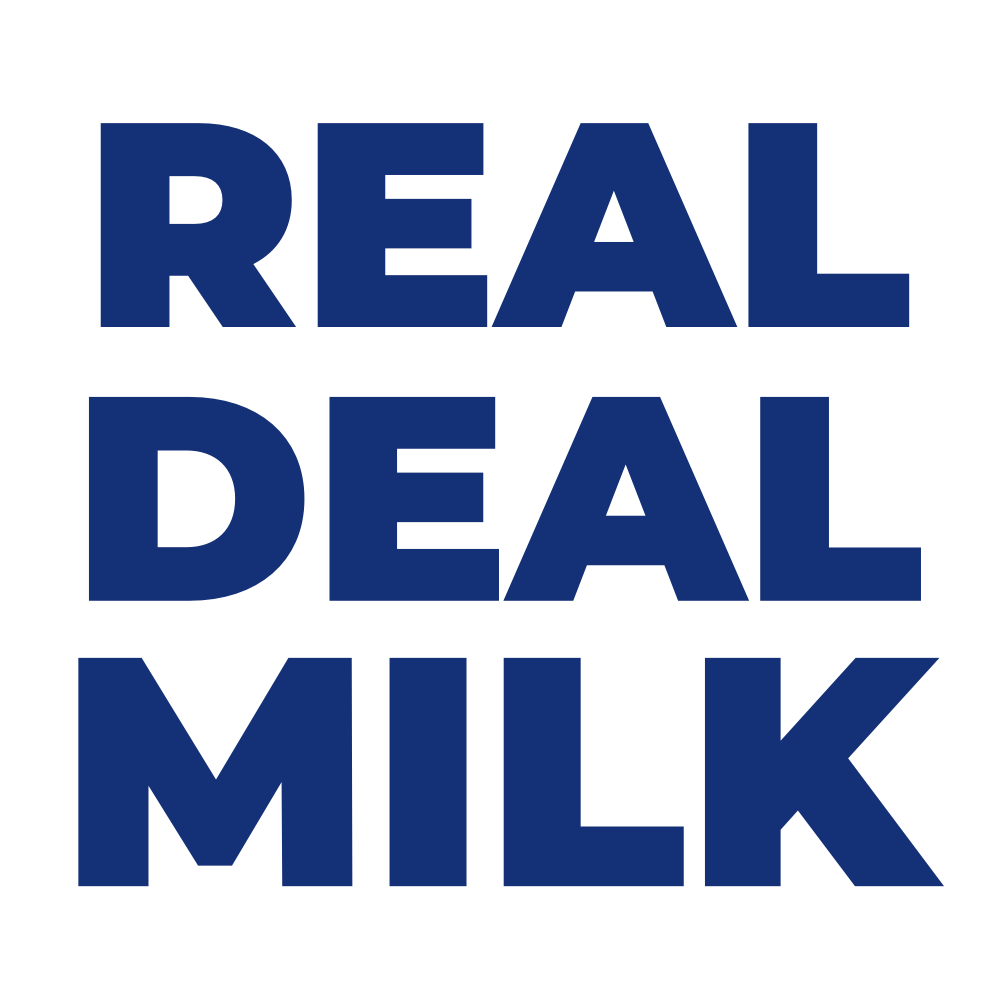Humans and milk: a long term relationship
Humans and milk go way back.
After weaning, humans are the only mammals that continue sipping on milk (Countryfile. 2018). Thankfully for mothers, we switch to other species to provide us with milk for the rest of our lives.
Ever thought, who caught sight of some cows udders and decided there's the key to a terrific drink? Whoever did was really onto something. This trusty food source has supported us for thousands of years, developing throughout history to bring us the vast spread of dairy products we know and love today.
When did it all begin?
Milk has stood the test of time. A really, really long time.
Evidence of milk drinking in Europe has been traced back 7,500 years (UCL. 2009). When humans first started drinking milk, they were more likely to be groaning in pain than moaning in delight at the consumption of this drink. This is because back in the day, adult stomachs were not prepared for digesting milk; they were missing the all-important lactase enzyme, vital in the digestion of lactose.
As babies, we possess lactase so we can easily digest and enjoy our mother's milk. However, after weaning, this enzyme became redundant, and we lost it. But humans weren't willing to give up on milk that quickly, so the beauty of evolution kicked in. As a result, we evolved to have lactase persistence, meaning the lactase enzyme sticks around past childhood, allowing most adults in Europe to digest milk problem-free (BBC. 2019).
Ever since, milk has been a household staple, allowing the dairy industry to win as the second biggest agricultural sector in Europe (World Population Reviews. 2021). It’s unsurprising the industry is so large when in 2019 Europe produced an enormous 158.2 million tonnes of milk (Eurostat. 2020).
Holding milk in our memories
Milk (and all its wonderful dairy products) appear regularly throughout our lives, taking on the ability to hold memories. Our mother's milk is the first food to ever grace our lips, so this sets milk in pretty good stead to stay with us for years to come.
Childhood memories recall soaking your favourite cereal in a bowl full of milk, being given a slightly warm carton of it every day at school or the treat of a warm hot chocolate on a snowy day. It progresses with us as we hit adolescence and think coffee is the new big thing, so you fill half the cup with milk to mask the coffee flavour. And maybe the passage to adulthood led to a milk-based cocktail being thrown into the mix on occasion.
And that's just milk. Dairy products hold hundreds of other unique memories. What would a birthday cake be without butter? Or a hot summer day with no ice cream? And you certainly can't hold a cheese and wine night with no cheese board.
A different style for each country
Not only is dairy specific to an individual but also to each country.
As each country's food culture has developed, dairy has been moulded to shape the desires of that cuisine. Crème fraîche in France, raclette in Switzerland, greek yogurt in Greece, ricotta in Italy, Cheddar in England, the list is endless. These ingredients hold importance within menus and store cupboards, assisting the unique flavours of each country's speciality foods.
Milk is the mother of all these ingredients, giving the exact flavour, texture and appearance we desire. Yet try and replace any of these with plant milk, and the desired product is lost. This is because not only do plant-based milks deliver unique flavours and textures, they also offer their own profile of nutrients, such as containing different types of protein. These differences mean plant milk can't function in the same way as cow's milk to make dairy products. So rice milk won't make a stringy raclette, and almond milk can't produce a crumbly cheddar. However, Real Deal Milk is real milk. It matches cow's milk as if they were identical twins, maintaining the ability to produce countless other dairy products.
Our enduring culture of drinking milk has secured dairy products in our lives. But now, this relationship is causing catastrophic consequences for the planet and cows. Plant milks have tried to take over the dairy job, but their functional differences prevent them from competing with cows. Whereas Real Deal Milk ensures we can keep this relationship with milk close to our hearts, with the peace of mind that neither the cows nor the climate must suffer to fulfil our dairy cravings.
References
BBC. 2019. Why humans have evolved to drink milk. https://www.bbc.com/future/article/20190218-when-did-humans-start-drinking-cows-milk
Countryfile. 2018. A brief history of milk. https://www.countryfile.com/how-to/food-recipes/a-brief-history-of-milk/
Eurostat. 2020. Milk and milk product statistics. https://ec.europa.eu/eurostat/statistics-explained/index.php?title=Milk_and_milk_product_statistics
UCL. 2009. Milk drinking started around 7,500 years ago in central Europe. Science Daily. https://www.sciencedaily.com/releases/2009/08/090827202513.htm
World Population Reviews. 2021. Milk consumption per country 2021. https://worldpopulationreview.com/country-rankings/milk-consumption-by-country


